Stephen Iles is a documentary photographer who works in Manchester and London. He is currently engaging in a residency with the Whitworth Art Gallery in Manchester. His most recent work, Between Space, shows at The Tetley until 17 August. Here he talks about his process…
Working with a camera it can be all to easy to subsume yourself in process, the logistics, the mechanics, the chemistry, the alchemy even. By virtue of its documentary function it can provide itself with an excuse for its own making, after all, in a world where things are there to be photographed, the camera mimics our voracious appetite for consuming, recording and ultimately classifying things. Photography seems to epitomise process, a linear progression of selection, capture, processing and presenting. Self contained, hermetic and composed. A photograph is self-explanatory, it’s reason for being most obvious. The object is to record, the object is recorded.
The photograph can bear witness to the fact that everything is interesting, or can be made to look interesting, the camera is perhaps the ultimate tool for looking at the world, a surrogate observer, it can fool us into thinking we know or understand the world better through the consumption of photographs. As an image, the photograph echoes a painting in that it portents to show something through the eyes of the photographer / artist, a world seen from a certain perspective. There is an accompanying illusion of truth, a reassurance; the camera never lies, even if its operator does.
However, to see the camera only as a tool is to place it in subservience, to bend it entirely to the artists will. There is a danger in seeing the camera not as a thing in its’ own right – we can mistakenly see it as an extension of ourselves, we can anthropomorphise it. The camera’s ability to find everything interesting is both democratic and problematic. Its abilities and capacities seem almost unbounded, its’ productivity astounding.
I see the camera as more than a tool, it is a machine. Though it may not have free will, it has a will. You may think it is doing what you tell it but it is doing it’s own thing as well.
The documentary aspect of photography can be both a support and a distraction. Whilst it may be enough to accept that an image documents a place and time and that be reason enough for its making, I have to ask the question ‘Is it more important what the picture is of or that it is a picture?’ Is the impulse to make work an impulse to capture or describe something I see, or simply an impulse or desire to make an image, a picture or an artwork?
If we just accept the documentary aspect as a fact, rather than a factor in the making of the work then we become trapped in a rhetorical loop. The image was made because there was an impulse to make an image, we can allow this impulse to take precedence over the particulars of subject and circumstance.
The images I’ve made in art galleries / spaces during periods of downtime or re-development are an attempt to engage with what art is in a rhetorical sense, To look for the way in which spaces for art do more than merely support art by being the venues for showing art, their existence / presence can itself be seen as evidence of art. I try to work with the camera as a mirror rather than a window, not trying to bring something from outside into the gallery, rather seeing the gallery itself as potential, as a catalyst.
I see each image as a proposition as much as a record of something, I’m trying to work with the camera to make some kind of rhetorical experiment where perimeters are set in order to try and see if art can begin to make itself. I’d like to explore the way in which we engage with art and what we expect from it, to ask the question ‘when we come to a gallery, do we come to see art or do we come to see ourselves?
For more on Stephen, see our featured event here. Between Space shows at The Tetley until 17 August.
More: Website
//////
Want to read more blogs by artists? Look here.


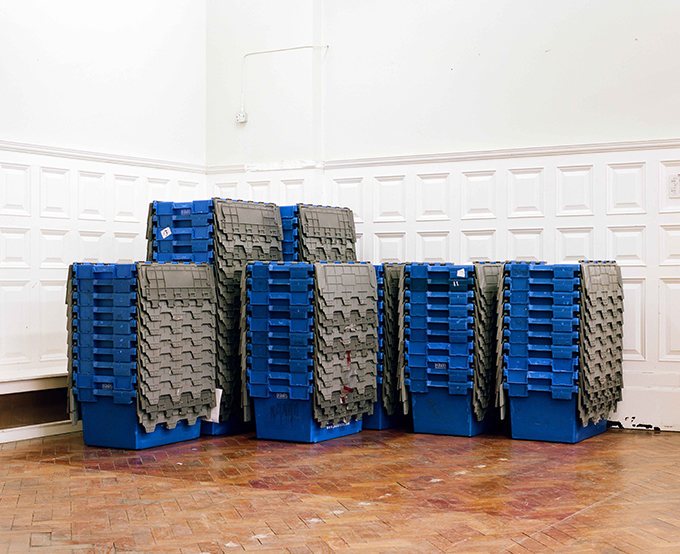
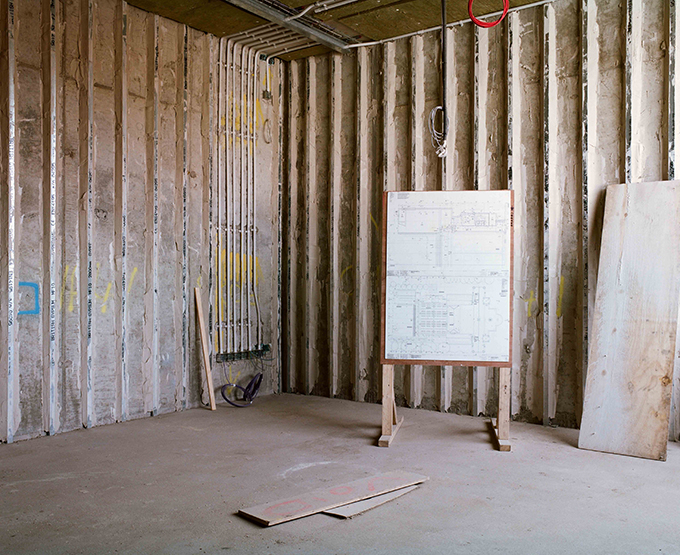
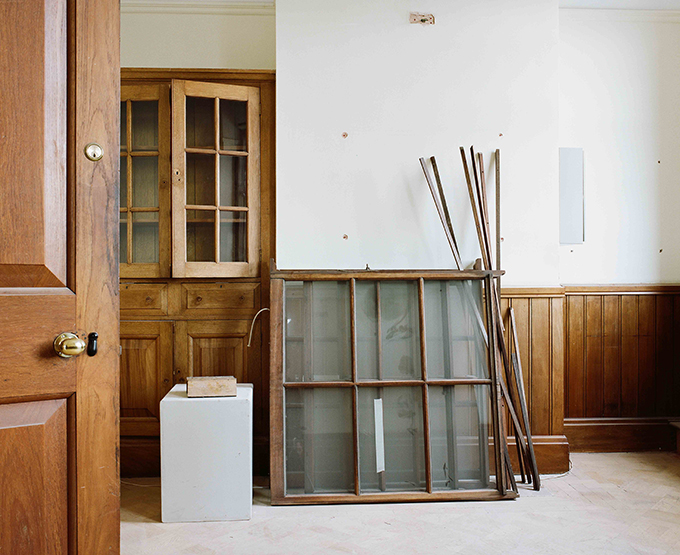
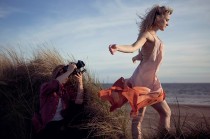
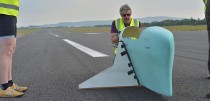
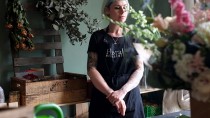









Comments